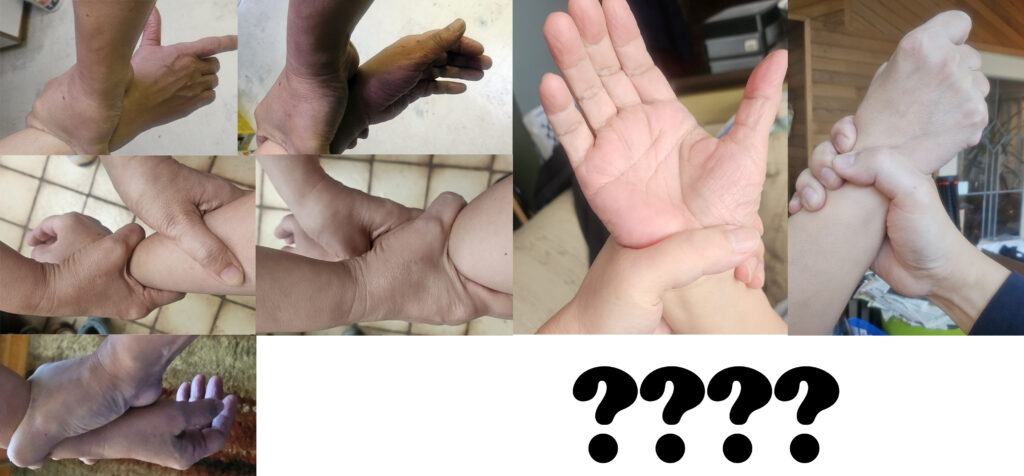DISCUSSIONS
Body Language and Posture
During a confrontation, it is important to de-escalate without becoming a sitting duck. Using hand gestures to apologize, defer, or redirect can be an effective strategy, as it allows you to maintain a partial guard between yourself and the aggressor.
State of Mind
Engaging in a physical confrontation is rarely advisable when the situation is “not worth it.” Always remember that every action has consequences—even if you “win” the fight, legal issues could linger for months. Additionally, the risk of permanent injury or even death, whether to you or the aggressor, is a serious factor that must be considered beforehand.
Making the right decision takes time—something you may not have in a high-pressure situation. Thinking through scenarios in advance and discussing them can help you make better decisions under pressure. Making a potentially life-or-death decision is never easy, but you can significantly shorten your reaction time by establishing your “red line” ahead of time. Planning can also make potential losses more tolerable—for example, backing up your phone’s data, storing money in multiple places while traveling, and taking precautions all help reduce the list of things you need to fight for.
When saying NO to an aggressor, make it strong and unambiguous. Additionally, make it clear that you are not an easy target—any attempt to harm you will come at a high cost.
SCENARIO
There are no universally “correct” response to handle aggression. At that moment, you are on your own. Whatever is decided, nobody has the right to judge you as there are not you and they don’t know what is felt during that moment in time.

Everyone begins to appreciate that each variation in grip requires a different solution: one-handed vs. two-handed grips, crossover vs. same-side, high vs. low, as well as differences in strength, size, height, and palm position—all of these factors lead to distinct approaches. While the details may vary, the fundamental principles remain the same:
- Focus on attacking the thumb, not the arm.
- Move with the flow and direction of the force.
- Remember the “fire hose” principle.
- Step and move your body—this allows you to strategically reposition your body while improving the mechanics.
As you can see, this is only the start, what else are there? You must repeat the drills until it become instinctive to you.
EXERCISES
Practice moving “off the line” naturally and instinctively.
Practice talking with body and hand gestures to apologize or feint a sudden spell of dizziness, or about to throw up so that it looks real.
